Roads that can repair themselves, recharge electric vehicles as they drive along them and communicate with a car’s steering, braking and suspension sensors could emerge in the next 10 years.
The ideas are currently being tested by a consortium of research organisations around the world, including the UK’s Transport Research Laboratory (TRL), an organisation that develops, tests and helps to implement new transport strategies and technologies.
Under the name Forever Open Road (FOR), these organisations are developing techniques, strategies and systems to ensure that roads (at least major ones) remain open and working as much as possible.
Driving all this is the predicted growth in the vehicle population over the next few decades. There are currently 36 million vehicles on our roads.
But as the population expands, the country moves out of recession, GDP per capita (the country’s income divided by its population) increases and fuel costs fall by as much as 24% (at least for cars, as their economy improves), the number of vehicles is forecast to grow by 19% over the next 10 years alone – to almost 43 million. As a result, average journey times on major roads are expected to increase and speeds to fall by around 8%.
It sounds like a recipe for disaster, as the roads get ever more congested, their condition deteriorates, roadworks dominate and journey times become impossible to predict.However, one man believes he may have the answer to at least some, if not all, of the problems. Around seven years ago, the TRL’s Bob Collis had a vision for roads that never close, therefore keeping the traffic moving.
In 2010 he managed to persuade similar organisations around the world to share his idea, and the FOR concept was born. Against the backdrop of recent advances in autonomous technologies, vehicle connectivity, solar power and wireless communication, not to mention developments in road construction techniques and materials, the programme is now gaining real momentum.
“I call it the fifth-generation road,” says Collis. “The first roads were tracks, then 2000 years ago they were paved to protect them from rain. About 200 years ago they were covered in Tarmac to make them smoother and more resistant. In the 1930s we saw the first motorways. Now we’re well into testing and developing the next generation of smarter, tougher and more adaptable roads, roads that can do a multitude of things from repairing and powering themselves to directly influencing vehicle behaviour.”
Among FOR’s many ideas are building roads in a modular form that will allow a damaged or failing section to be quickly and easily replaced. These sections will contain all the drainage and communication systems and technologies to enable them to be quickly ‘plugged’ back into the existing network.
The road will be able to monitor its own condition using sensors embedded in it. These will detect potholes and sub-surface cracks, and relay the information to a control centre. These same sensors will receive information from cars, which, as they pass over the damaged road, will be able to report adverse wheel and suspension movements.
Meanwhile, scientists at Delft University in Holland are developing concrete additives that rejoin and reseal the road’s base when it cracks under pressure. Another of their trials involves blending steel fibres with the concrete. As the road ages and becomes brittle, the fibres could be heated by an electric current, restoring the road’s suppleness and prolonging its life.
Roads will be able to clean themselves, too, by using an ultra-smooth surface that will allow grit to be easily washed away. Being hydrophobic, it will also repel water.
Road salt could be made a thing of the past. Pipes located just below the road surface and containing a special fluid could be heated by the sun. At night, the heat would be released to keep the road clear of ice. Alternatively, the liquid could be cooled to prevent extreme sun damage to the road in the summer.
The surface will also be highly reflective, making the road and the immediate area brighter, so roadside lighting could be dimmed or removed, while interactive lighting would only come on when it sensed traffic approaching.
Moves are already afoot in Holland to remove the need for conventional lighting. On a 600-metre stretch of road in the city of Oss, so-called ‘glowing lines’ on the road surface, which absorb light during the day and release it at night for up to eight hours, have replaced traditional street lights.
Powering the roads of the future is also exercising the transport scientists’ minds. The boffins at Delft are trialling a surface made of solar cells which could power all manner of services, including the next generation of LED road studs. Studs are currently used to delineate lanes, but they could also change colour to signal when a car is travelling too close to the one in front.
Another idea involves turning roads into power stations. Tiny piezoelectric generators (PEGs), which turn mechanical energy into electrical energy, could be embedded in the asphalt where vehicle loads are greatest. The PEGs would be connected to the grid and the power used to heat homes or even recharge electric cars. Other ideas for harvesting energy include recovering heat from braking wheels.
Easily the most intriguing feature of Collis’s fifth-generation road is the role that sensors could play. Not only would they be able to monitor the road’s health along with weather and traffic conditions but they’ll also be able to change the behaviour of cars passing along it.
Imagine there’s been a serious incident with cars braking en masse to avoid a pile-up. Sensors in the road will be able to communicate this to the car, in turn influencing its steering, braking, suspension and engine management systems to bring it under progressive control. They could also influence a car’s general behaviour as it travels along, taking into account changes in camber and road surface condition.
The work of the FOR teams around the globe is taking place alongside the rise of the connected car. It’s estimated that by 2020, one in five vehicles globally – a quarter of a billion cars – will have a wireless connection. Infotainment and nav systems will benefit immediately, but it is predicted that connectivity will expand to include vehicle-to-vehicle and vehicle-to-infrastructure – in other words, the fifth-generation roads envisioned by Collis.
“The Forever Open Road won’t happen overnight, but it will come,” says Collis. “There’s the will and, ultimately, the need to make it so.”
The road of the future - key points
1 - Porous, low-noise surface can reflect light to enhance night driving.
2 - In-built sensors monitor traffic conditions and control traffic flow, and even take control of vehicles in emergencies.
3 - In-built power system for electric vehicles.
4 - Removable communication and power channels for lane control, traffic monitoring, driver information and condition monitoring.
5 - In-built system for replacing and adding lanes or infrastructure - for example, barriers, signs and sensors.
Charging into the future
If packing the road of the future with sensors, pipes and solar cells weren’t enough, scientists at the Transport Research Laboratory are also considering filling them with lengths of coiled wire.
The coils would enable electric cars to be charged as they drive along, without having to park up and be plugged into a socket. The coils would create a magnetic field between themselves and a coil in the electric car, enabling wireless power transfer (WPT) to take place. A continuous-coil WPT system is being tested in South Korea.
Meanwhile, Denis Naberezhnykh, the head of the project at the TRL, says car makers are looking to roll out static WPT systems in order to enable parked-up charging.
“Wireless power transfer overcomes the immediate challenges that electric vehicles face,” says Naberezhnykh. “There’s the fact that you need to plug the car in, as well as range concerns. You don’t have to plug it in with WPT, and with a well-developed infrastructure of plug-in and WPT, an electric vehicle begins to look much more attractive.
“However, being realistic, I don’t expect anything to be implemented before 2020, although there will certainly be on-road trials in the UK before then.”
John Evans
Get the latest car news, reviews and galleries from Autocar direct to your inbox every week. Enter your email address below:

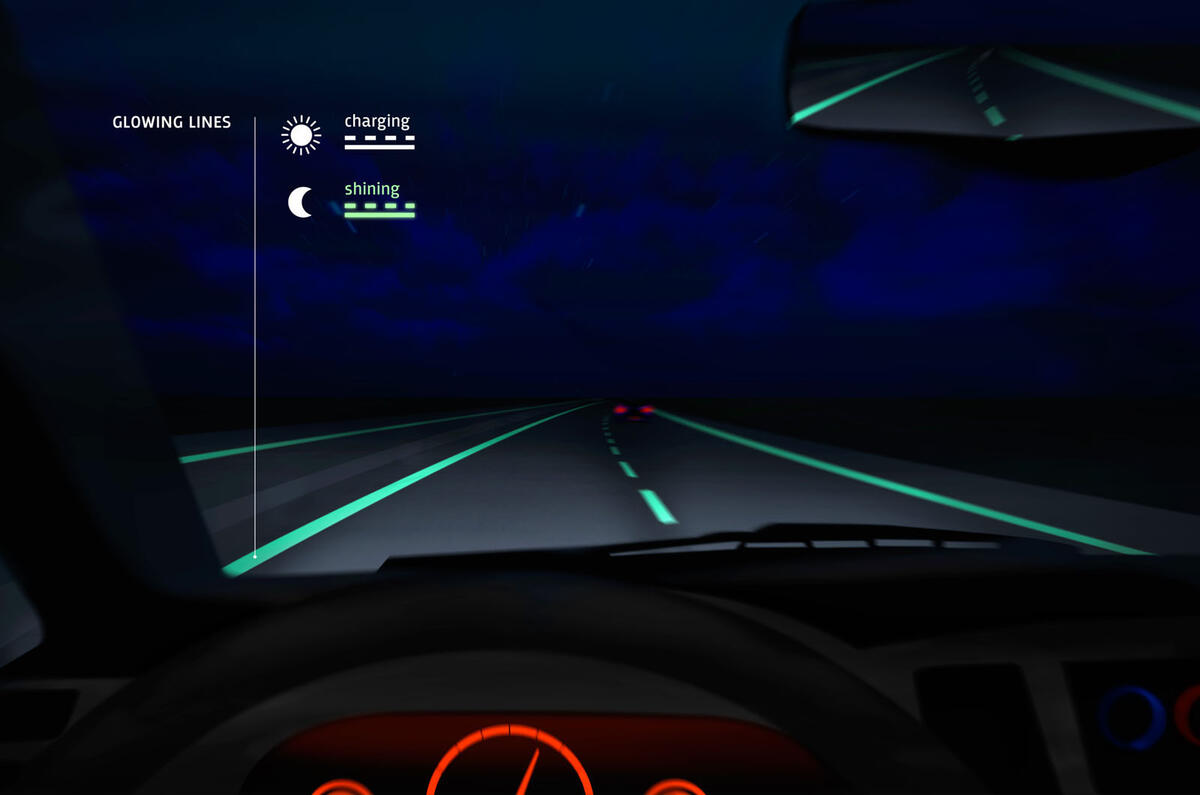

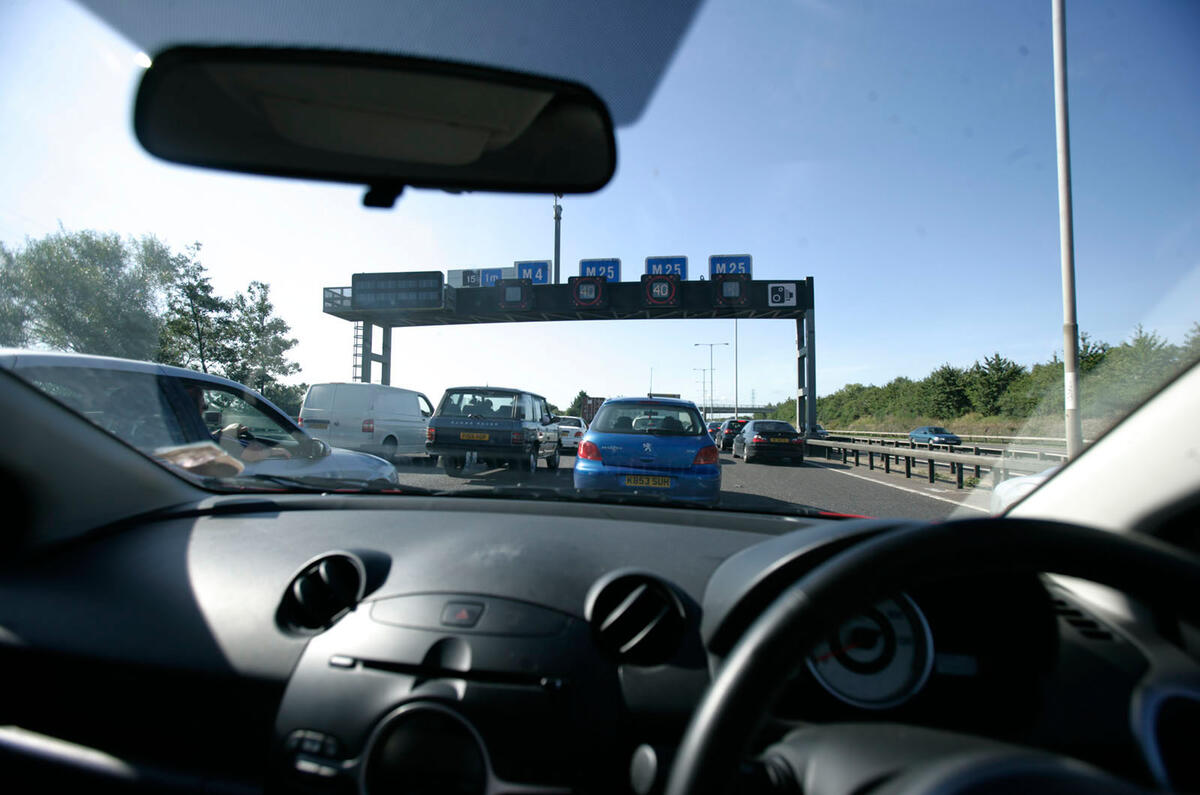
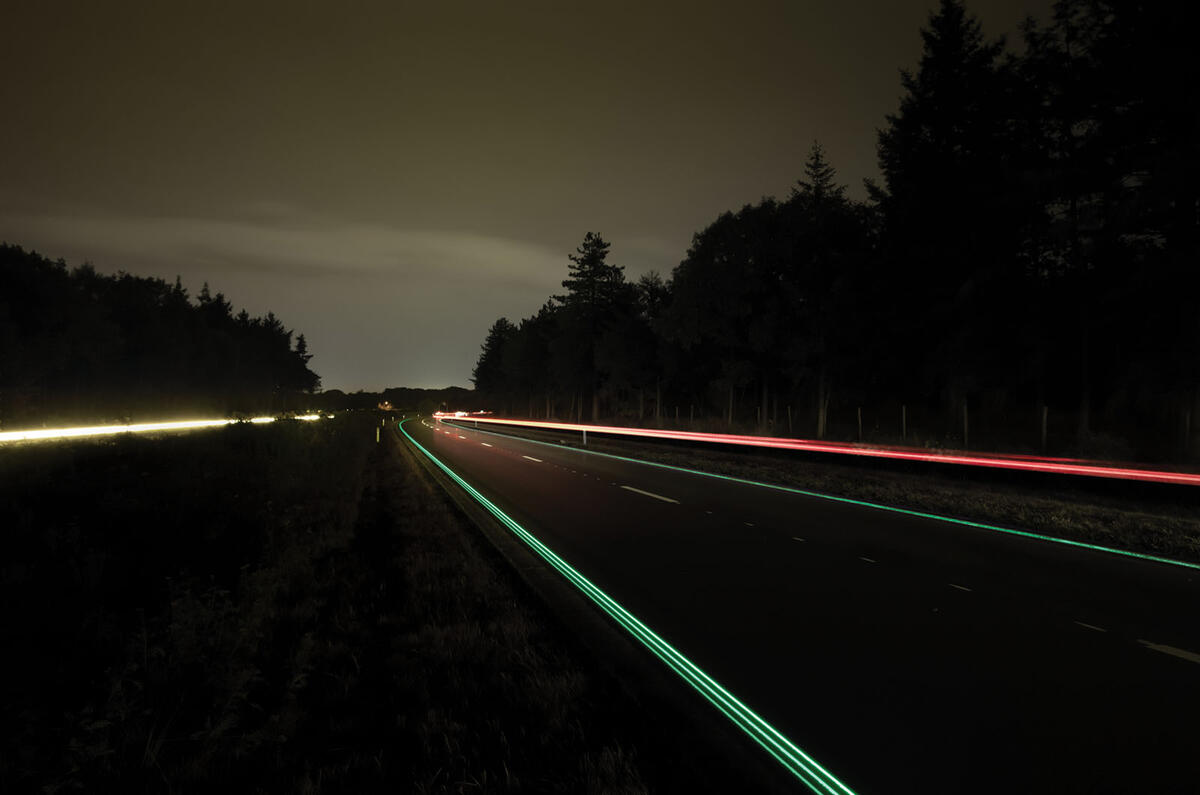
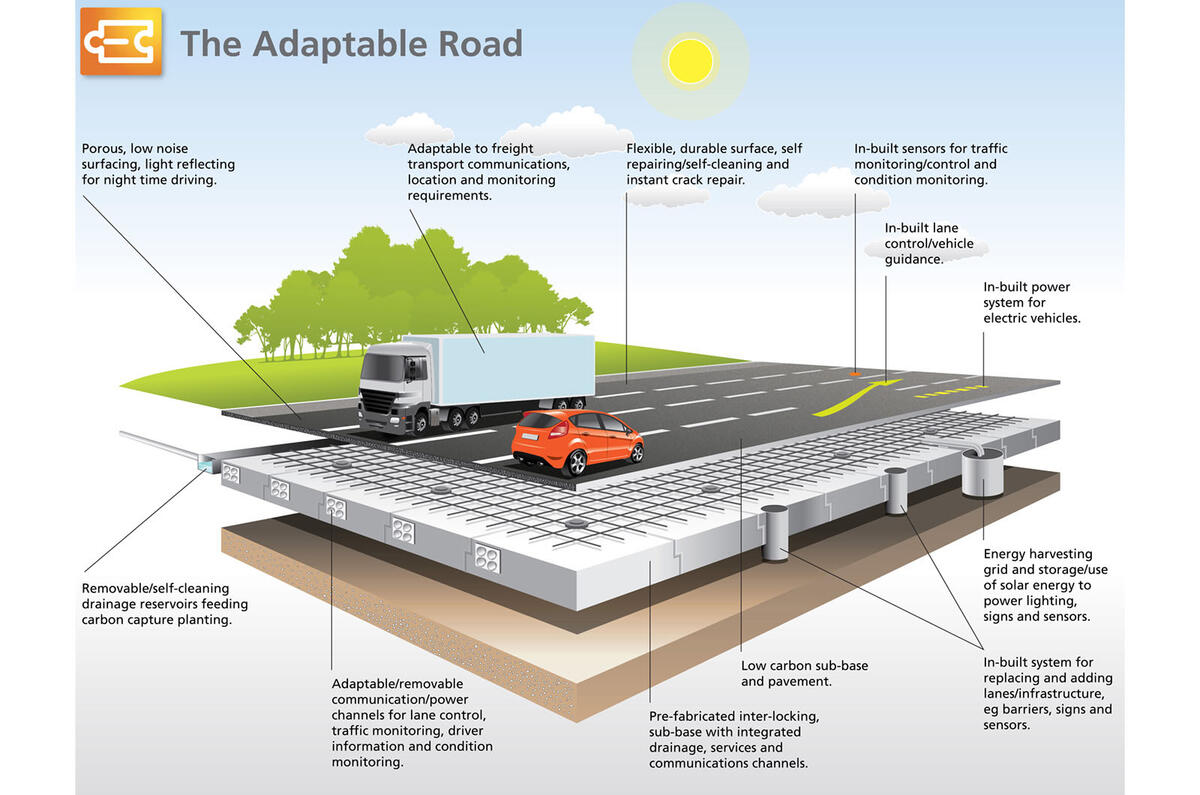
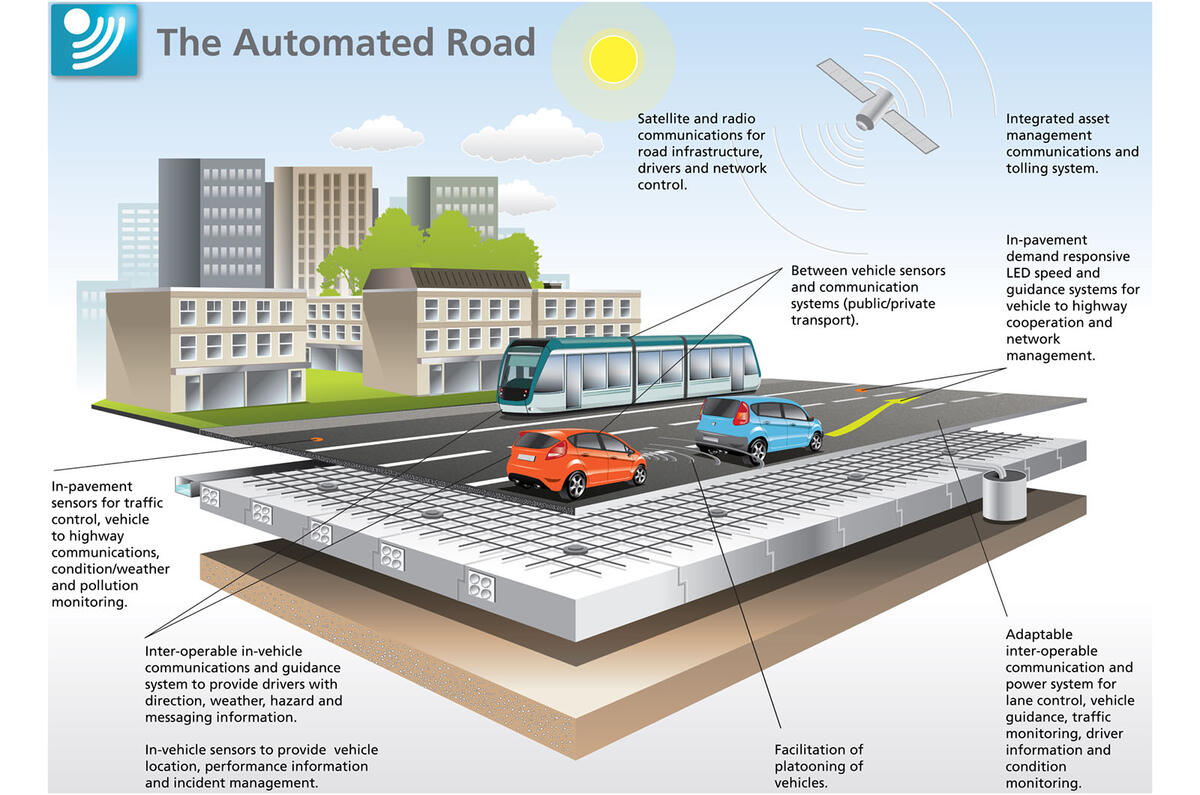
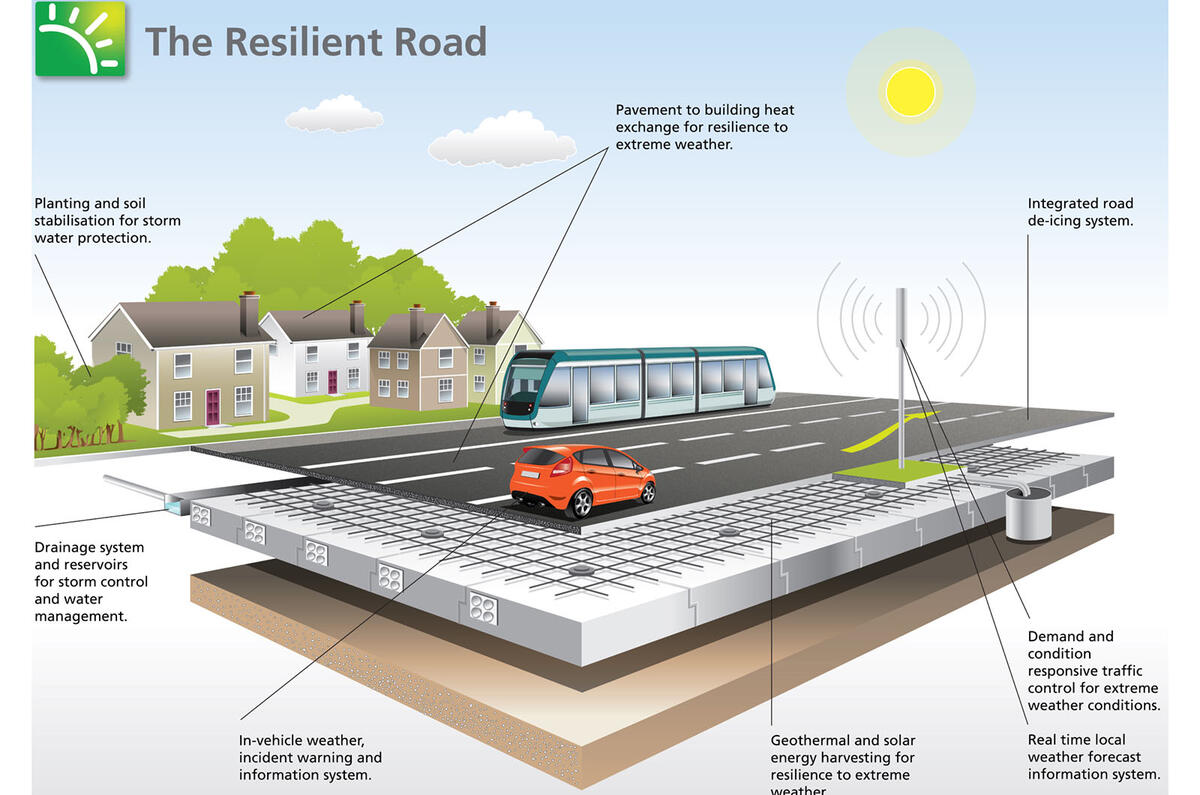
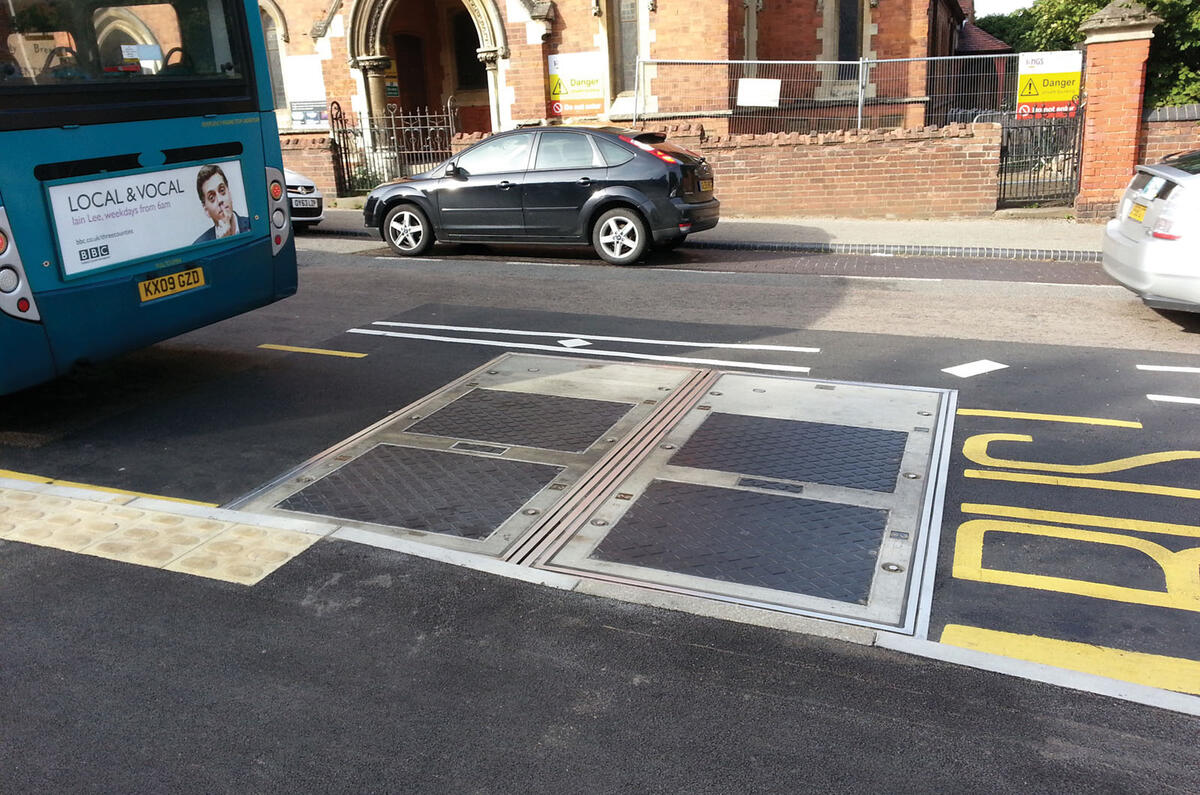

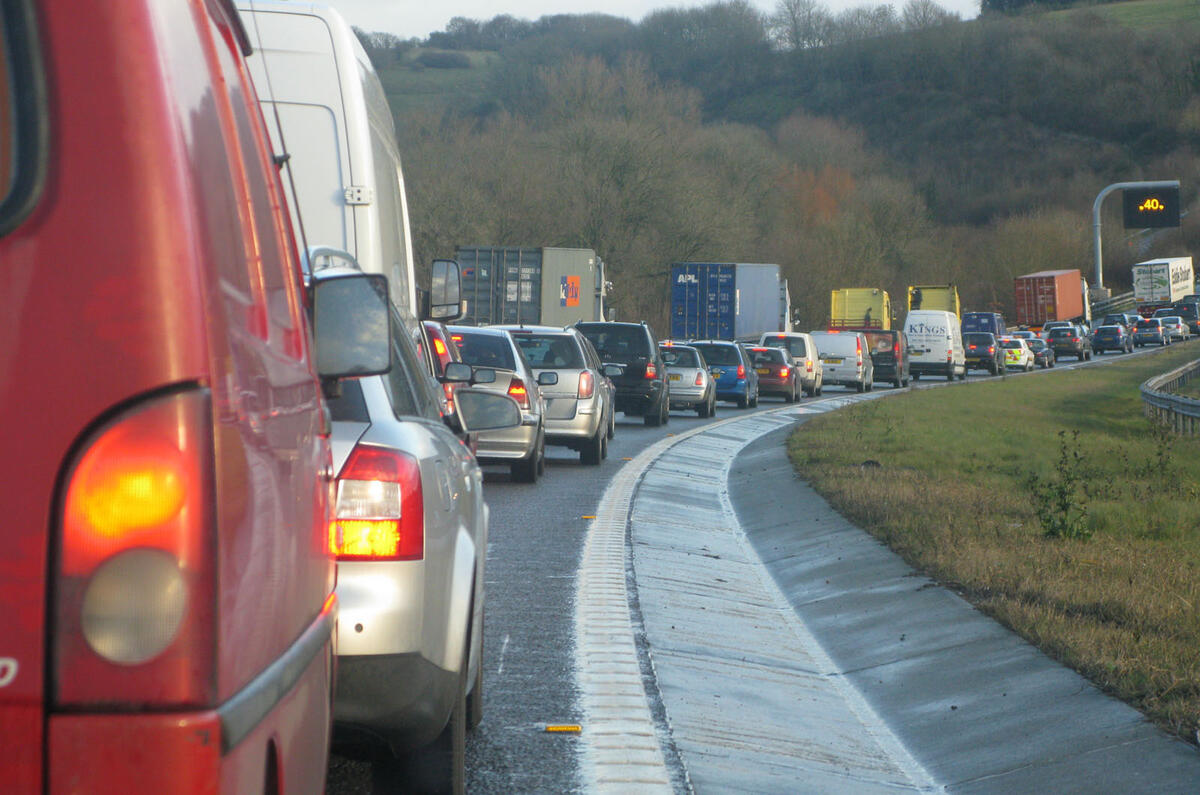
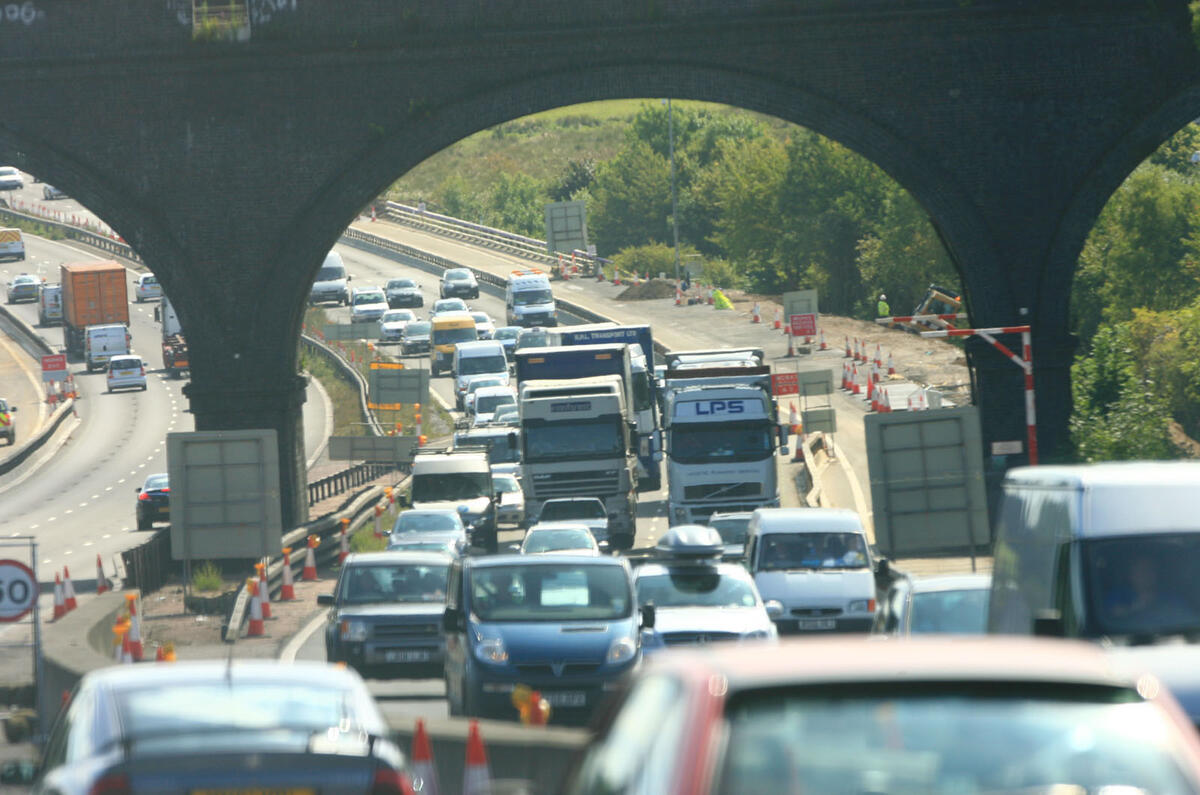


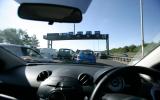


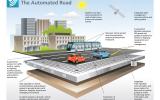

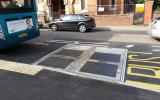


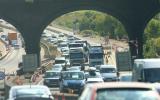


Join the debate
Add your comment
Again, no analysis about the
For years we've been reading
Not in the UK